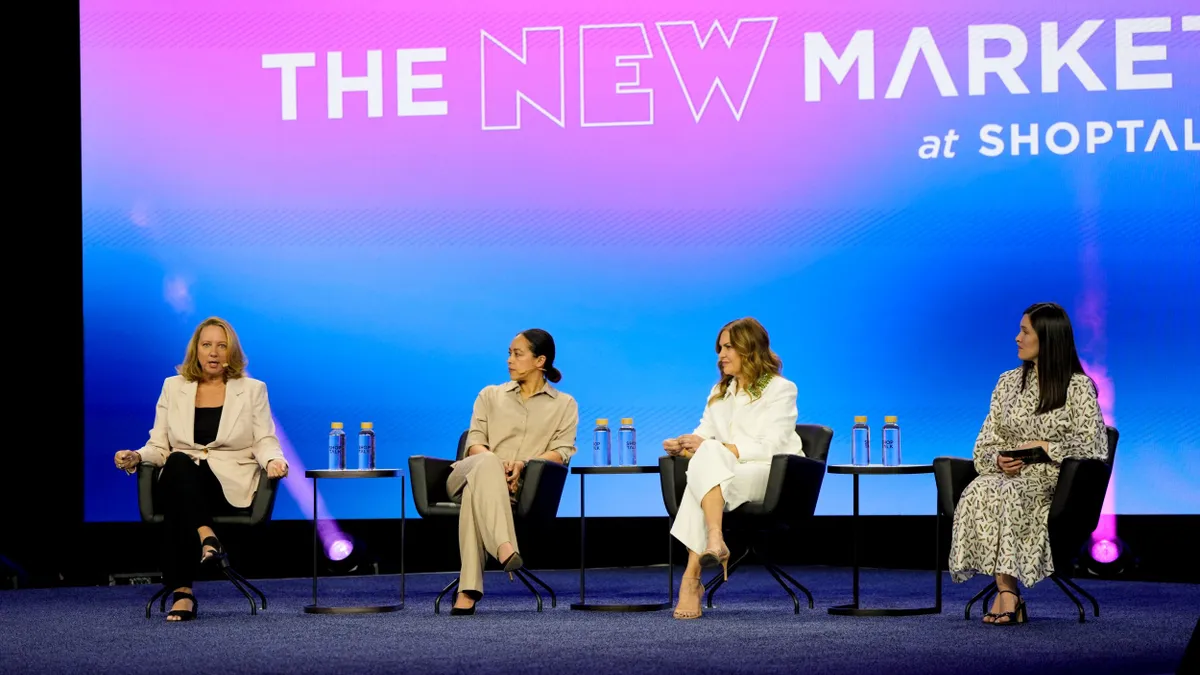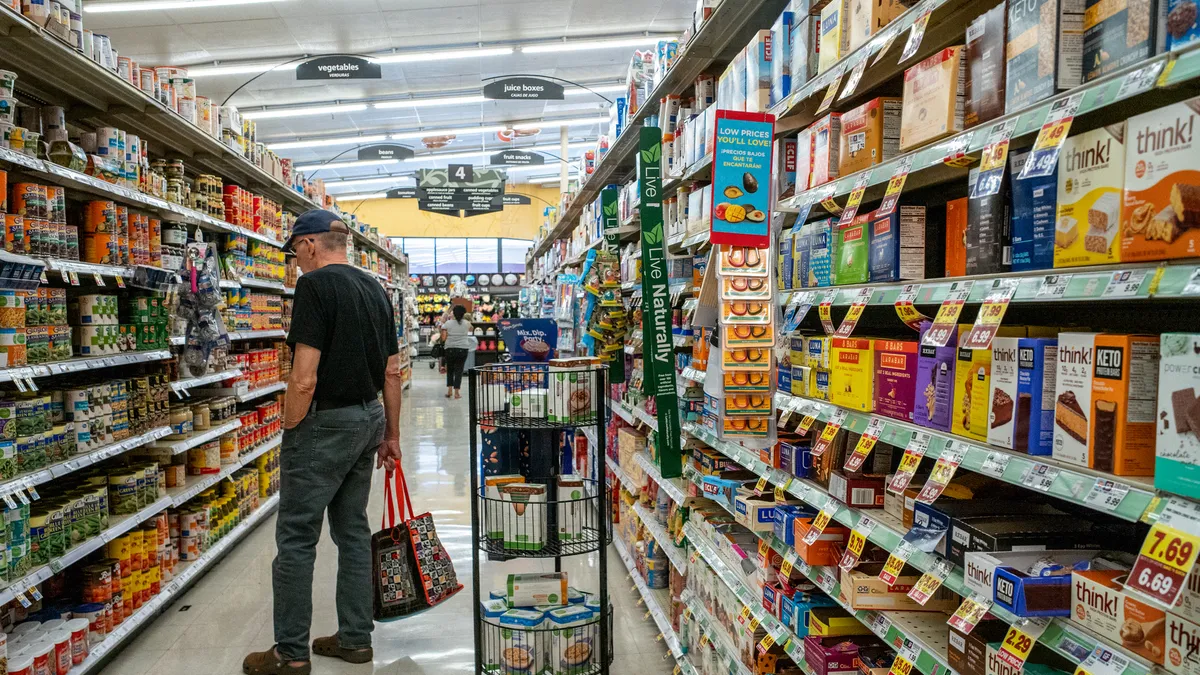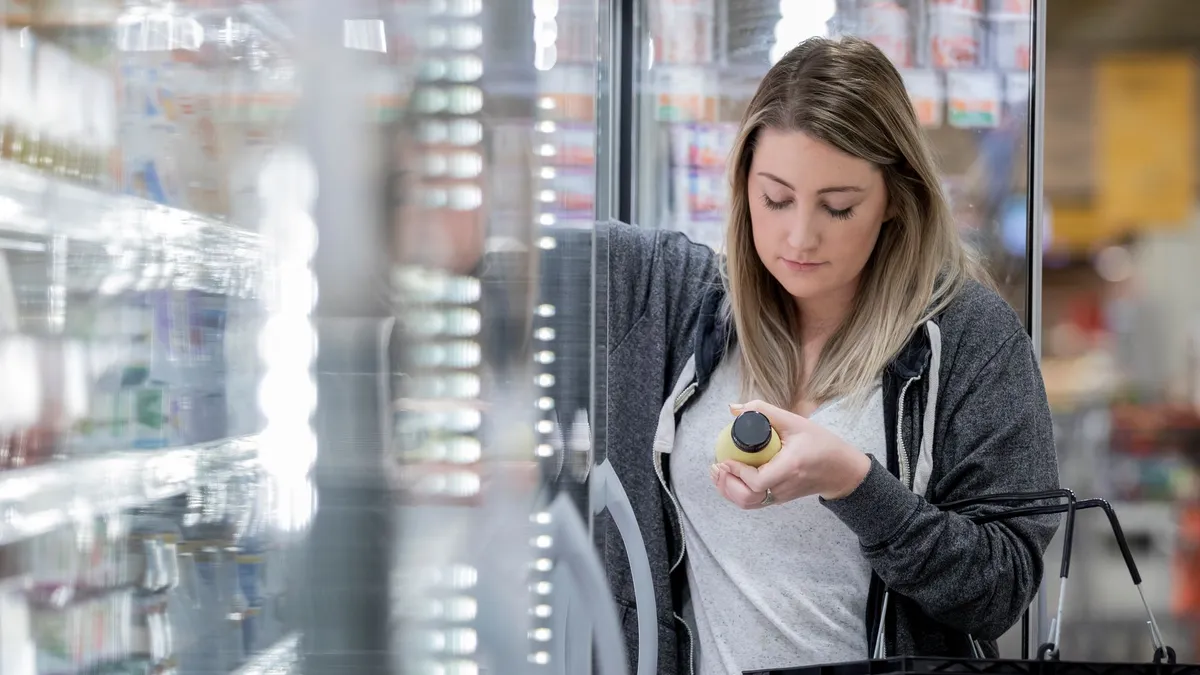The following is a guest post from Lori Mitchell-Keller, global general manager of consumer industries at software company SAP.
Retail’s new normal is here.
It’s a time of disruption and intense competition, and we all must learn to adapt in a digital atmosphere that moves at an aggressive pace. While there are several elements playing a role in retail success, the most important is the ability to be responsive to customer demand. The problem is that in today’s digital era, consumer expectations are constantly evolving. Consumers no longer just want to purchase products — they also want entertaining, convenient shopping experiences.
With pressure on all sides – the need for speed, personalized experiences, convenience, etc. – many retailers are reawakening to the ideals of personalized, yet highly scalable, retailing by leveraging digital technology and unparalleled consumer insights. There is a push to innovate in new ways to reach consumers, in their exact moment of need or impulse, using technology to deliver a just-in-time outcome within a transformed consumer experience.
Meeting new demands
Looking at today’s shopper habits, it’s clear that consumers themselves have changed — and quite dramatically. The opportunity for them to consume information, find products and share their experiences has dramatically expanded with the ubiquitous access to, and unique interplay between, the internet and social media.
The good news is that the changing expectations by consumers have created novel openings for retailers that didn’t exist five years ago. Today, consumers crave curated offerings and personalized product recommendations. Retailers can find success by considering consumers’ shopping preferences and relying on digital solutions to provide more personalized experiences. What was previously considered impossible is now very possible.
"It’s less about 'what channel should I invest in?' but rather 'what are the consumer journeys that I need to invest in?'"

Take a look at Sephora, for example. The beauty company recently announced a new series of concept stores that focus on customer centricity, personalization and digital aspects that are only achievable by leveraging digital technology and strong consumer insights. Sephora had a wealth of customer data coming in from multiple sources — online, in-store, subscription boxes and more.
Because touch points were so spread out, the company was challenged with siloed customer information that made meaningful interactions challenging. By consolidating data sources to a single source of truth on one digital platform, store personnel could scale back the amount of time spent on back office reporting while delivering a compelling customer experience. Technology reduced the time it takes to pull and analyze data, enabled deeper insights and allowed Sephora to listen to customer demands and respond appropriately with a highly-personalized approach.
To continue meeting the demands of evolving consumer expectations, it is critical to track the shopper journey and to orchestrate content, price, or even the product as the consumer moves through the path to purchase. This could manifest itself in the ability to deliver video-related entertainment content, such as Amazon’s new home makeover show Overhaul, which features popular YouTube stars to entertain viewers while selling household brands. By blending entertainment with commerce, the show is tuning into consumer demand. This type of innovation is a critical part of adapting to retail’s new normal.
Rethinking consumer engagement
Consistently delivering a personalized, cross-channel experience is something retailers need to do well in order to thrive, and 31% of companies have caught on to this.
Cross-channel is the key term here, but to fit in today’s challenges for retailers, it may need to be slightly redefined. In speaking with retailers all over the world, it seems that we may be approaching a post-channel world. It’s less about "what channel should I invest in?" but rather "what are the consumer journeys that I need to invest in?"
"It's no longer about simply selling a product ... To get in the right mindset, I often ask retailers to think about themes such as 'how would you sell joy to a consumer? What about security, comfort or control?'"

For example, someone may see a particular product they are interested in on Overhaul. They can select the product and enable a transaction via e-commerce, arrange for fast delivery or in-store pick-up, and then post on social media networks post-transaction to convey their excitement about the purchase they made.
To be successful, retailers should organize themselves around how to meet consumers in moments of opportunity. This can be a near-impossible challenge if digital transformation hasn’t entered the picture, as a digital core is imperative to quickly identify and act.
Achieving outcomes
It's no longer about simply selling a product. Retailers must go deeper and help consumers achieve something.
To get in the right mindset, I often ask retailers to think about themes such as "how would you sell joy to a consumer? What about security, comfort or control?"
This type of thinking will challenge retailers to elevate their brand position by honing in on deeper types of outcomes, meeting the needs of consumers beyond selling them a physical product.
Understanding the consumer, their requirements and preferences, and then being able to spot these opportunities to deliver a product, content or service in their moment of need is critical as retailers continue to navigate retail’s new normal.
In this respect, it is essential to use data to understand consumer buying habits and ensure desired outcomes and expectations are being met. Brands have more data about shoppers than ever before — and now it's time to put it to work.
To adapt, lead and thrive in retail’s new normal, retailers need to focus on delivering enhanced, personalized shopping experiences for consumers. To earn their repeat purchases, retailers need to combine innovative technology solutions with digital lifestyles and social media to heighten the overall consumer experience and provide unique, entertaining shopping journeys.
By creating these personalized shopping journeys, retailers can address the needs of consumers on their own turf – ultimately moving from shopping carts to consumers' hearts, leading to sales, positive experiences and brand advocacy.




















